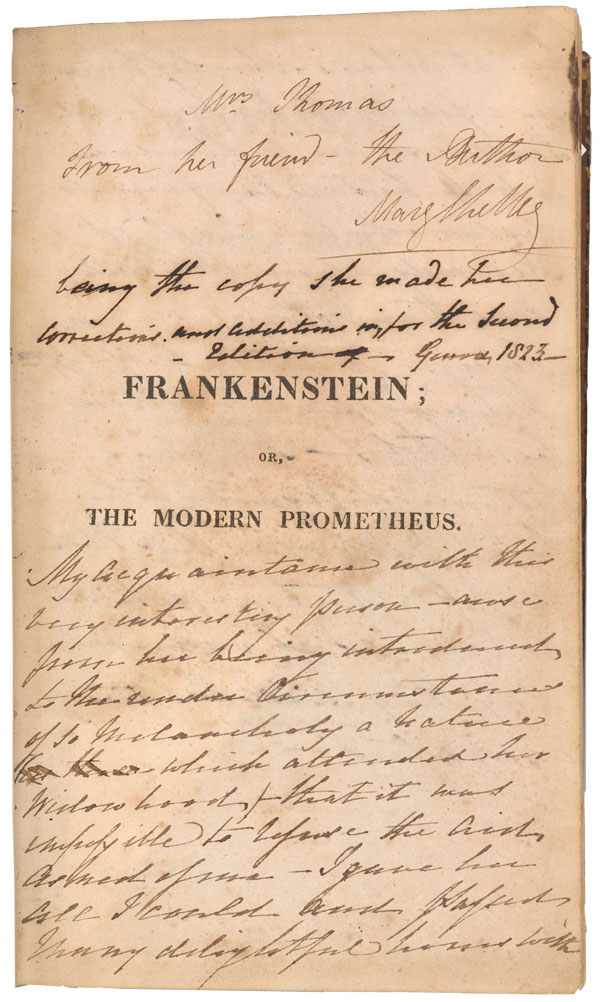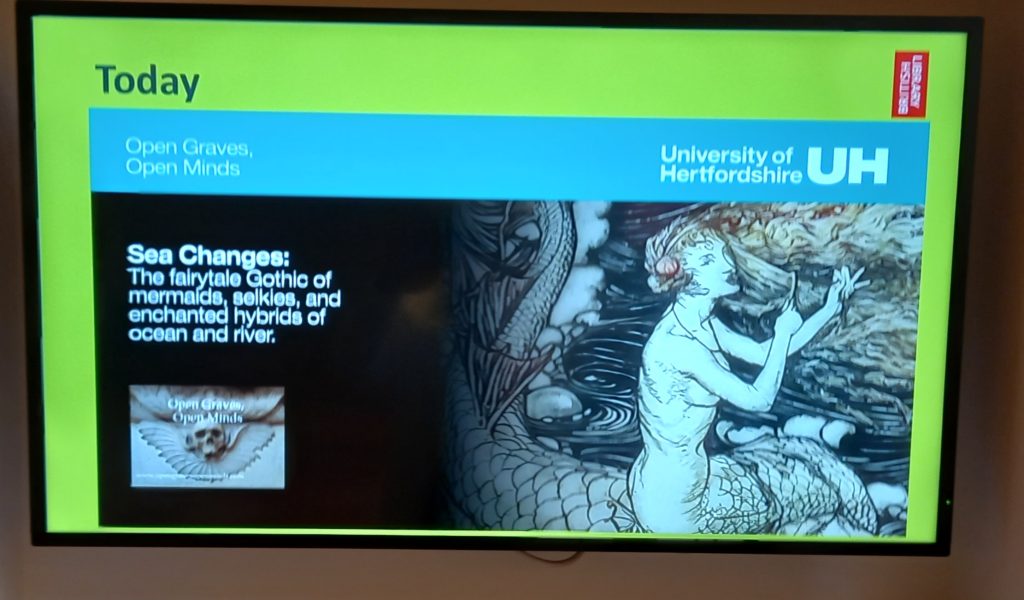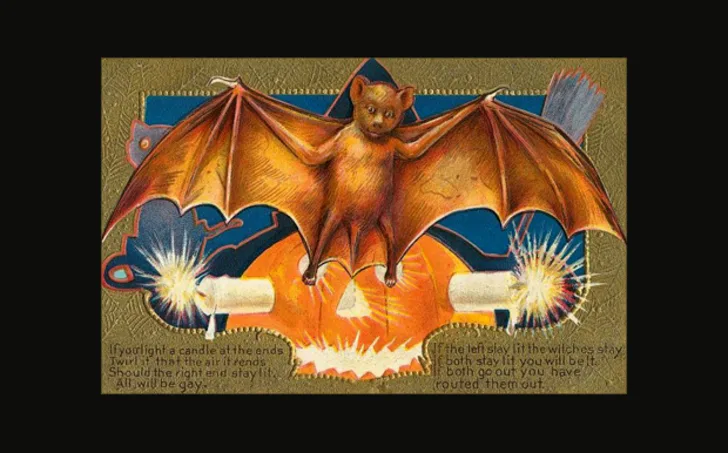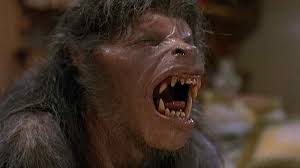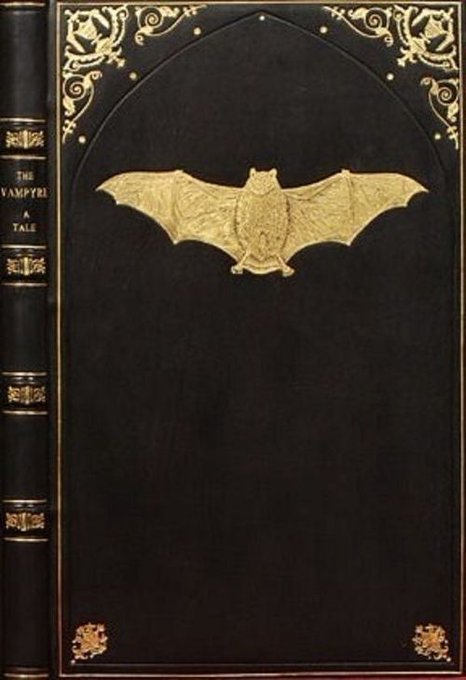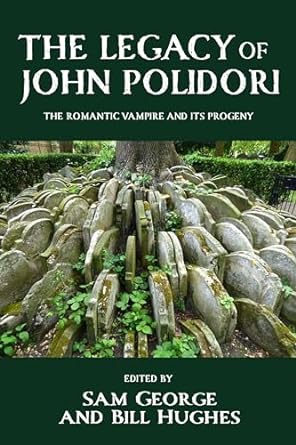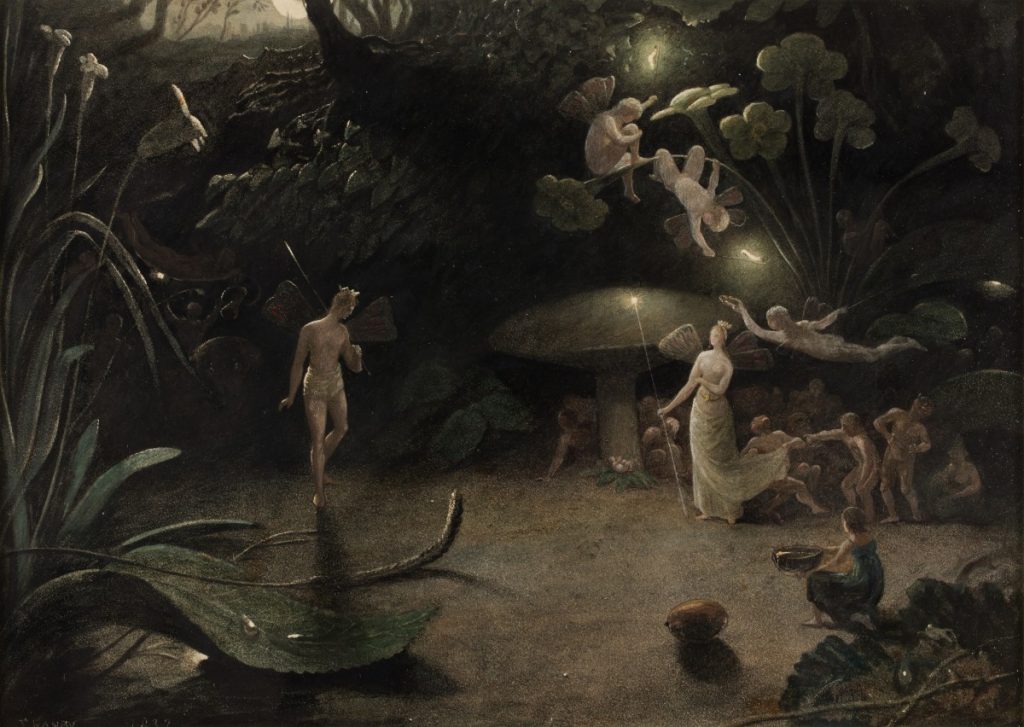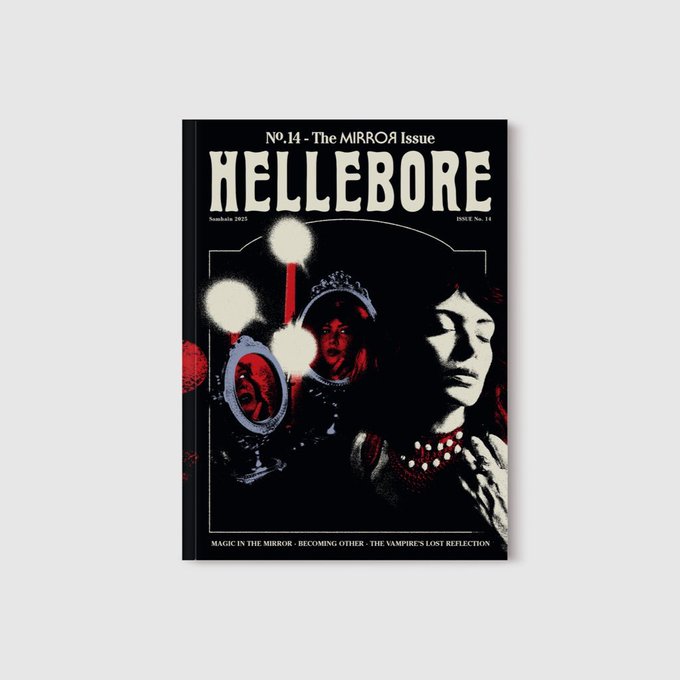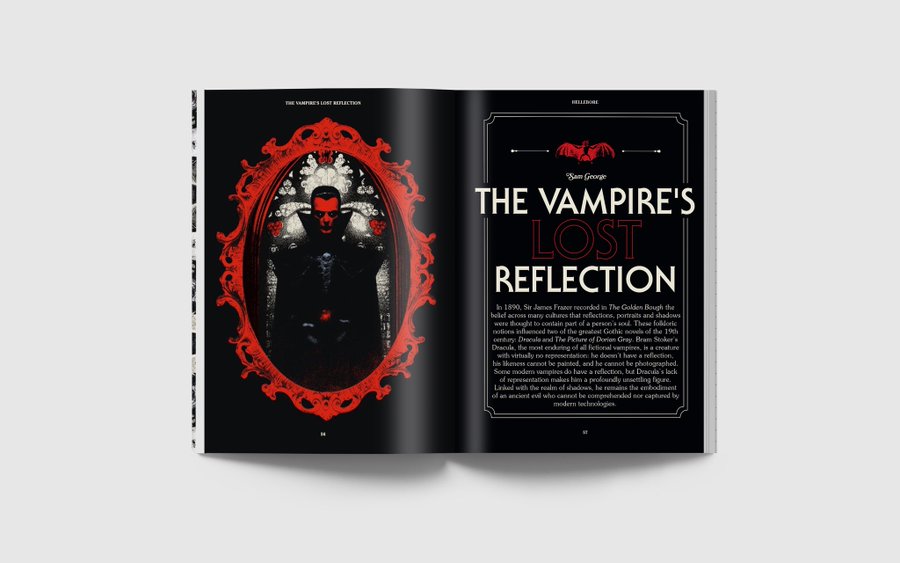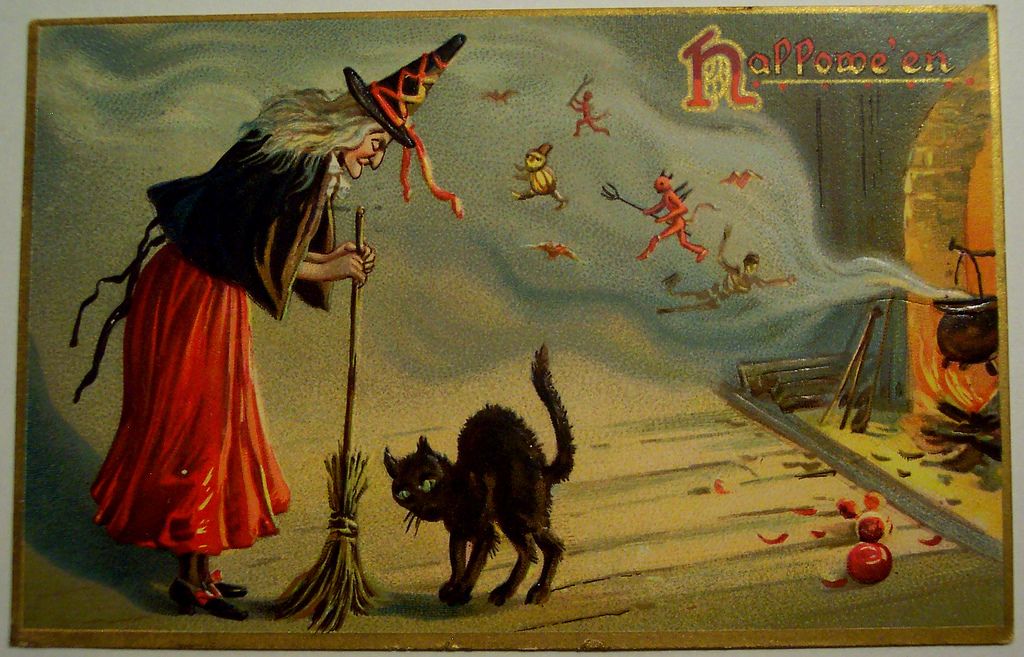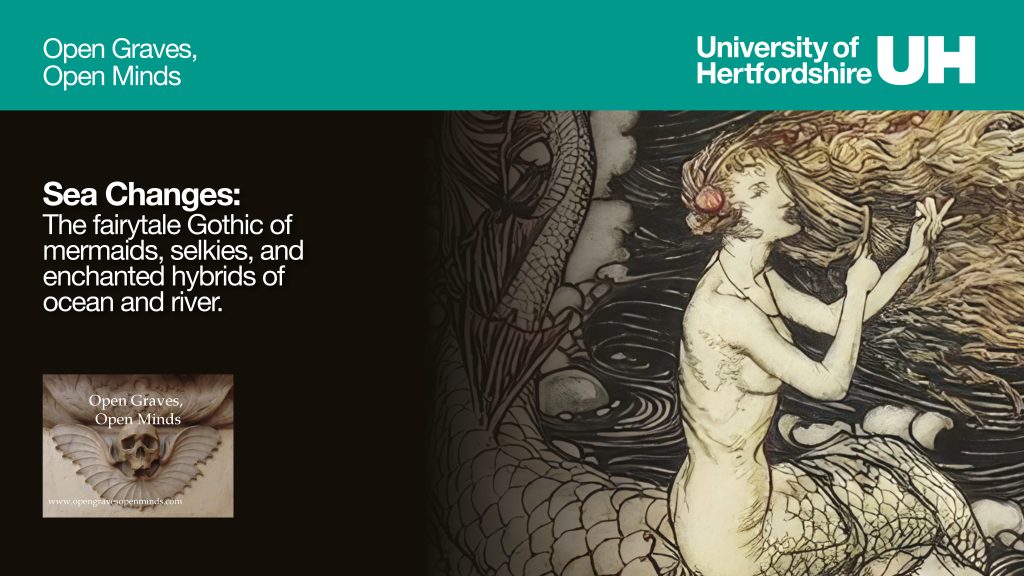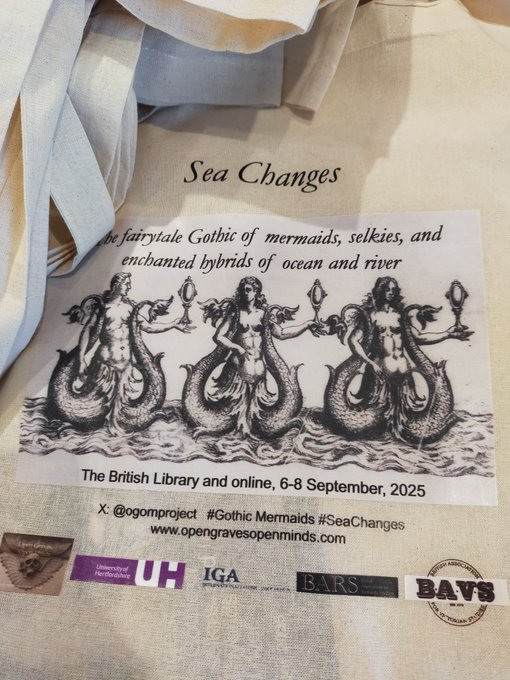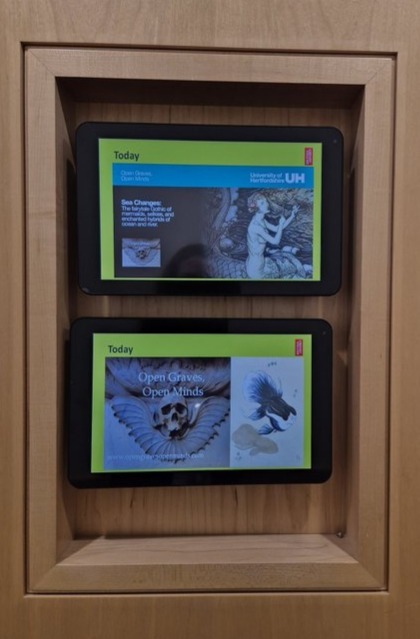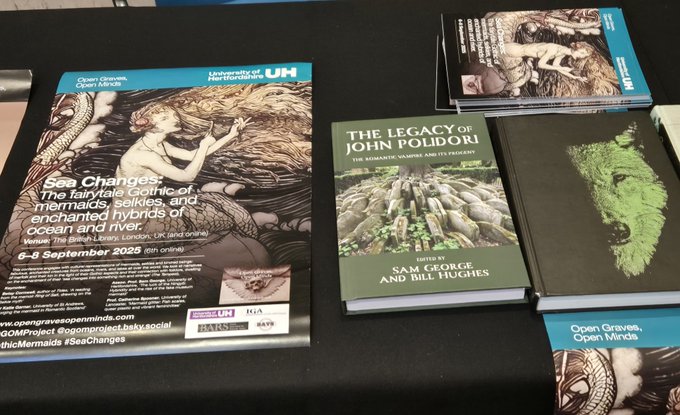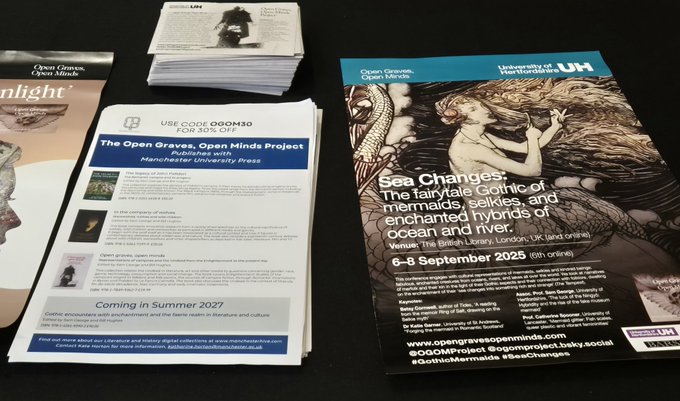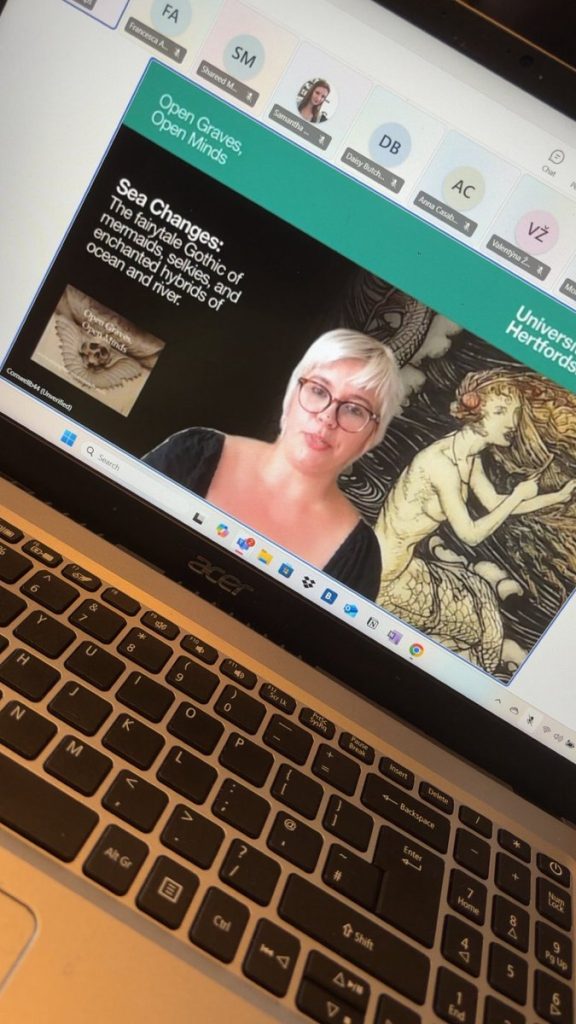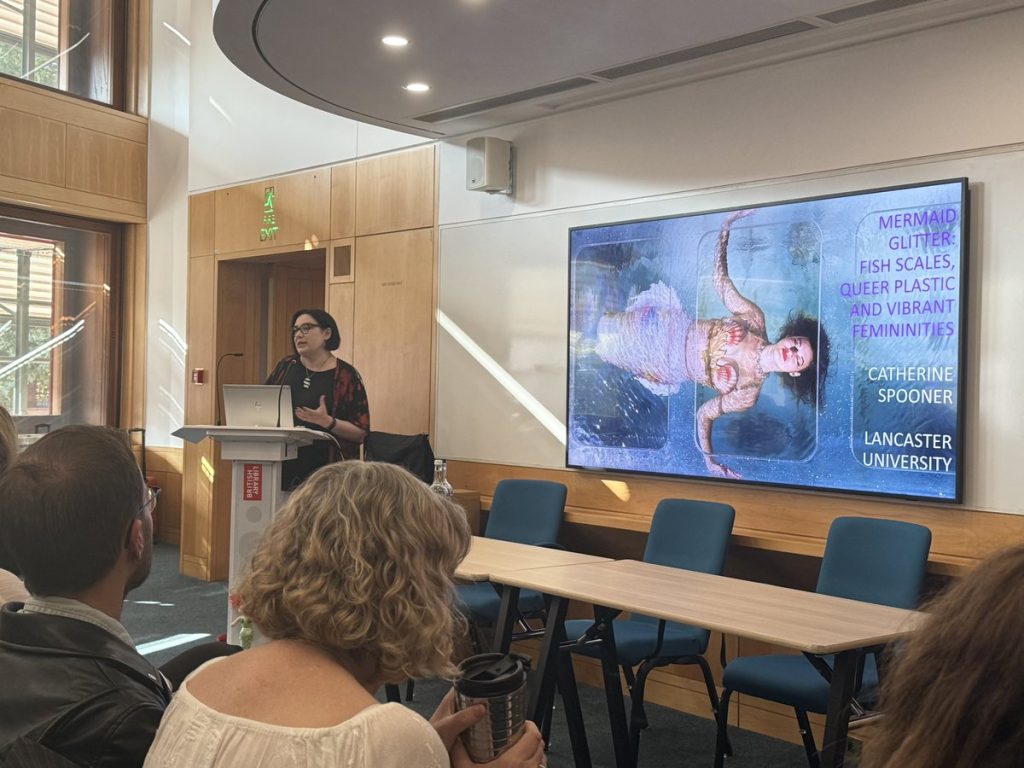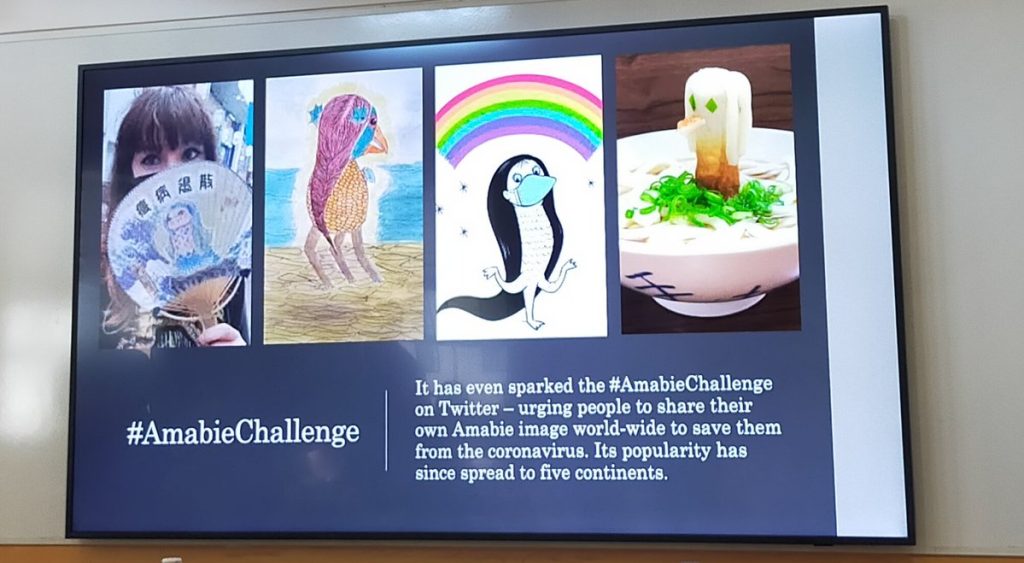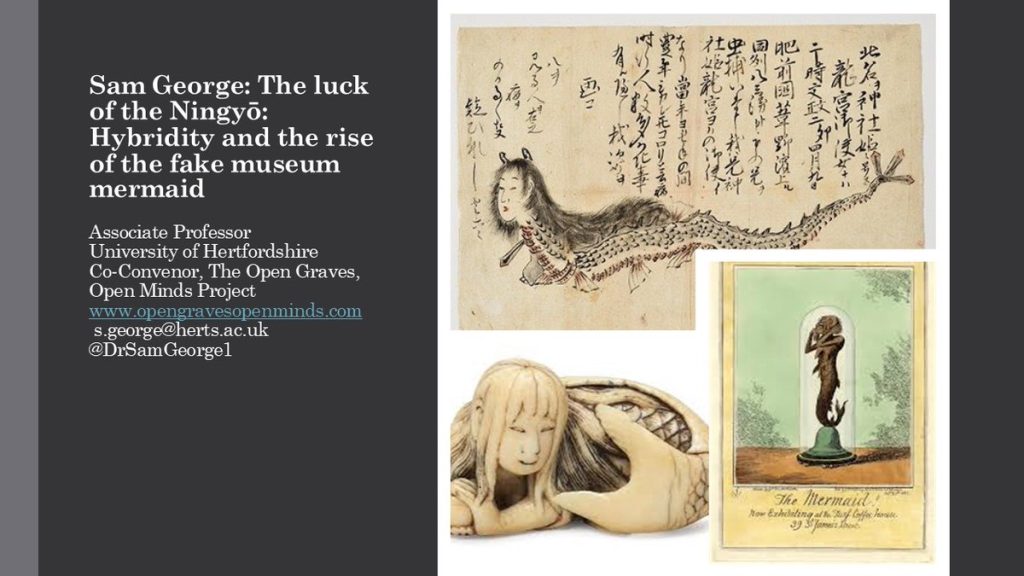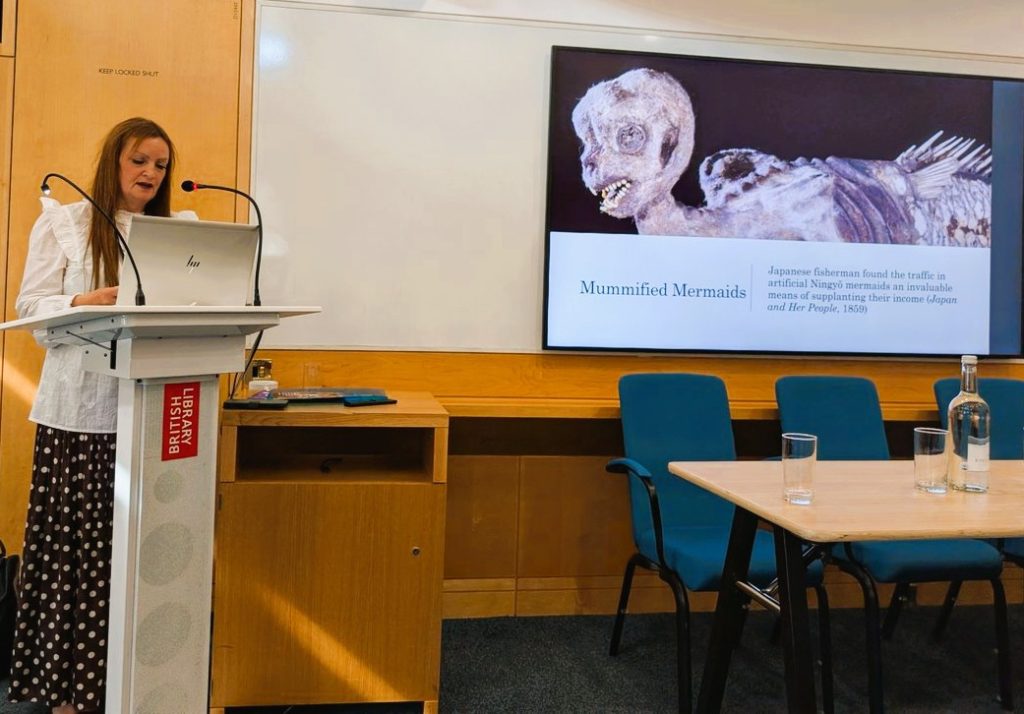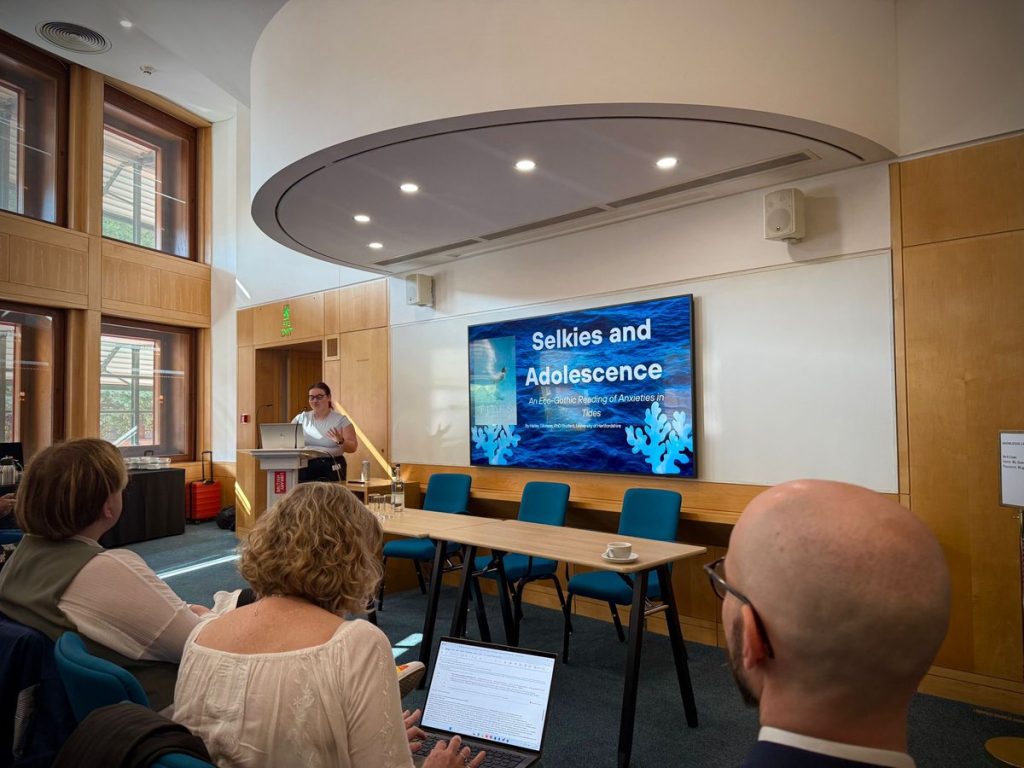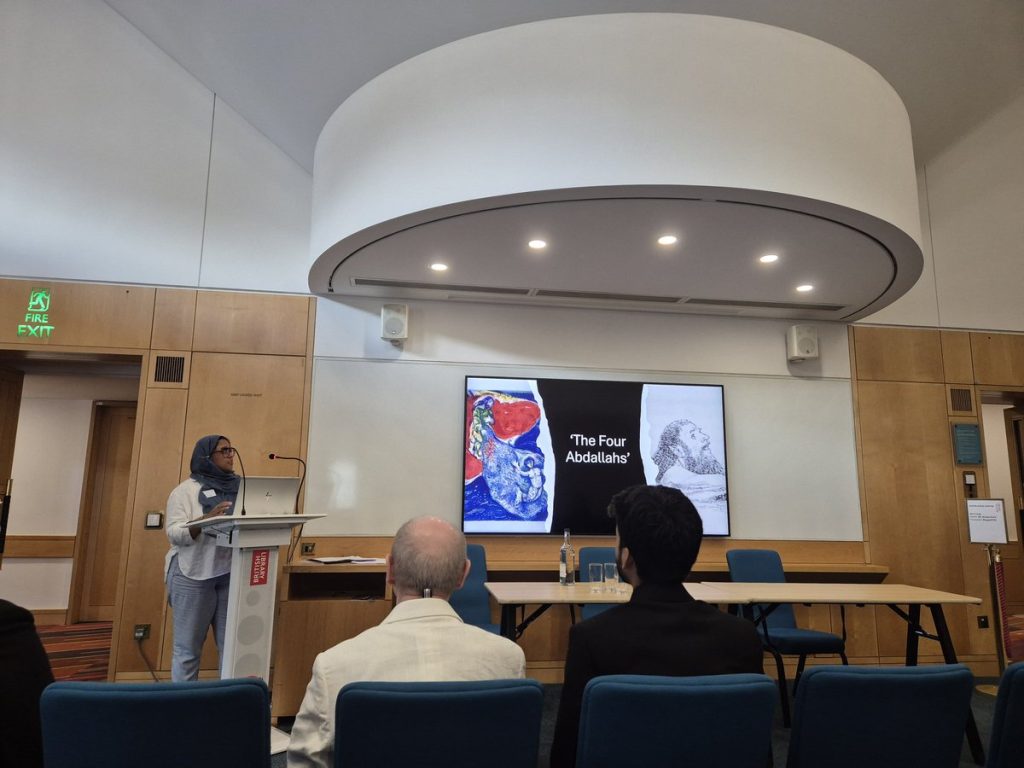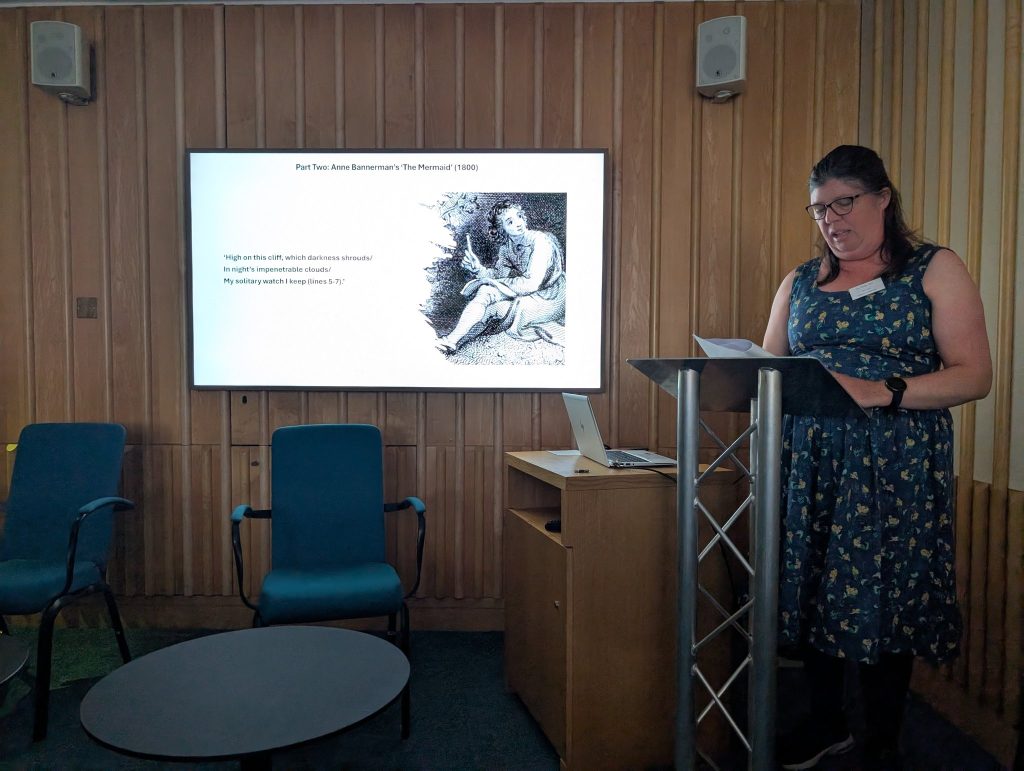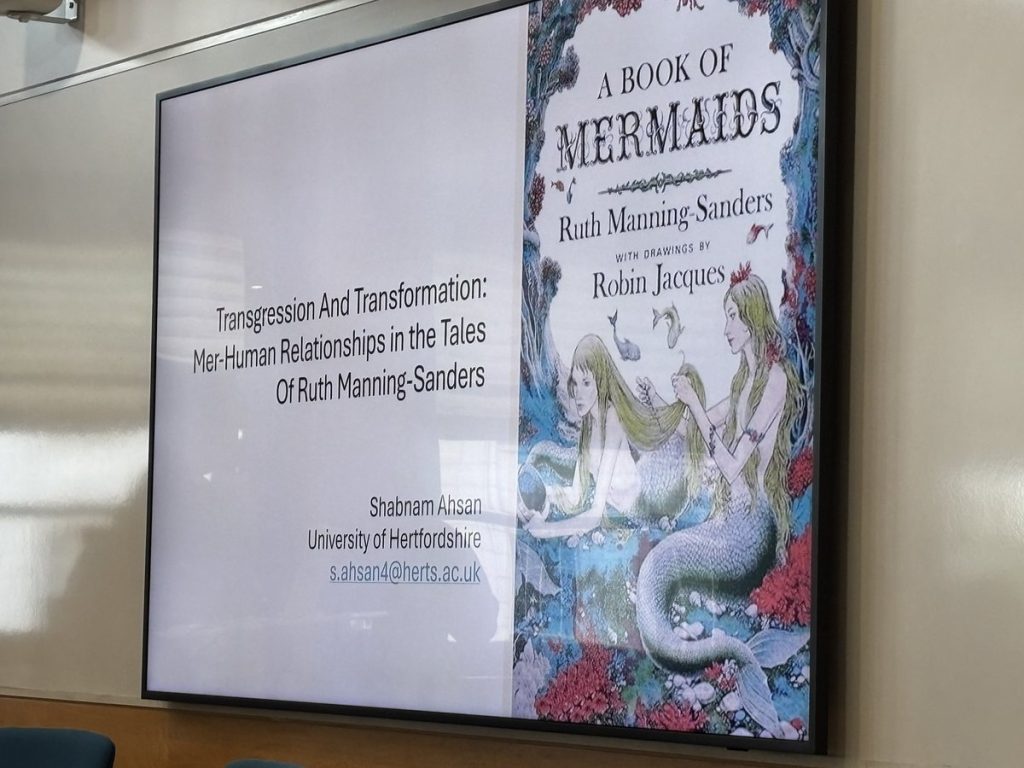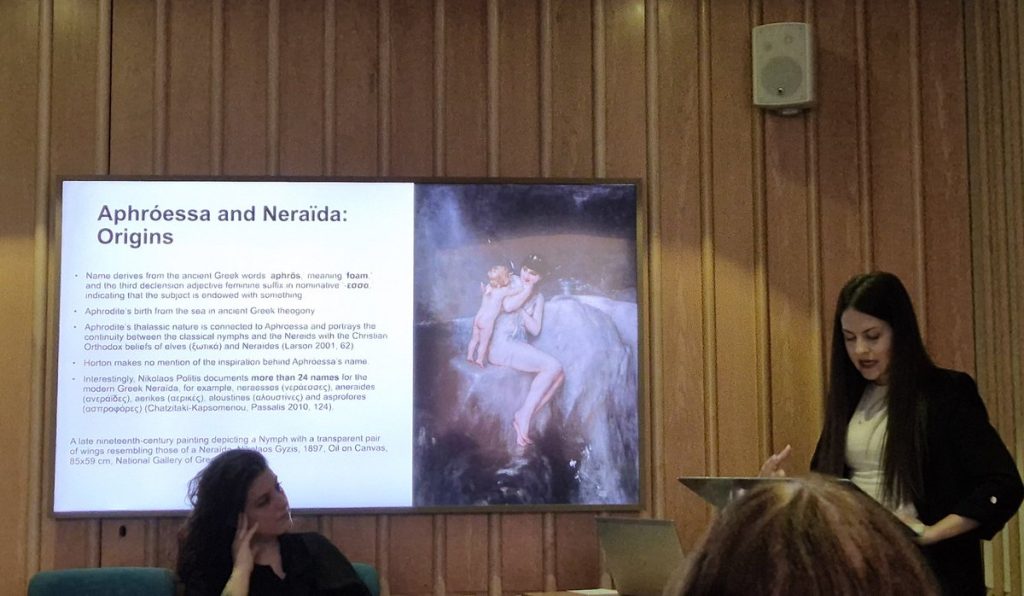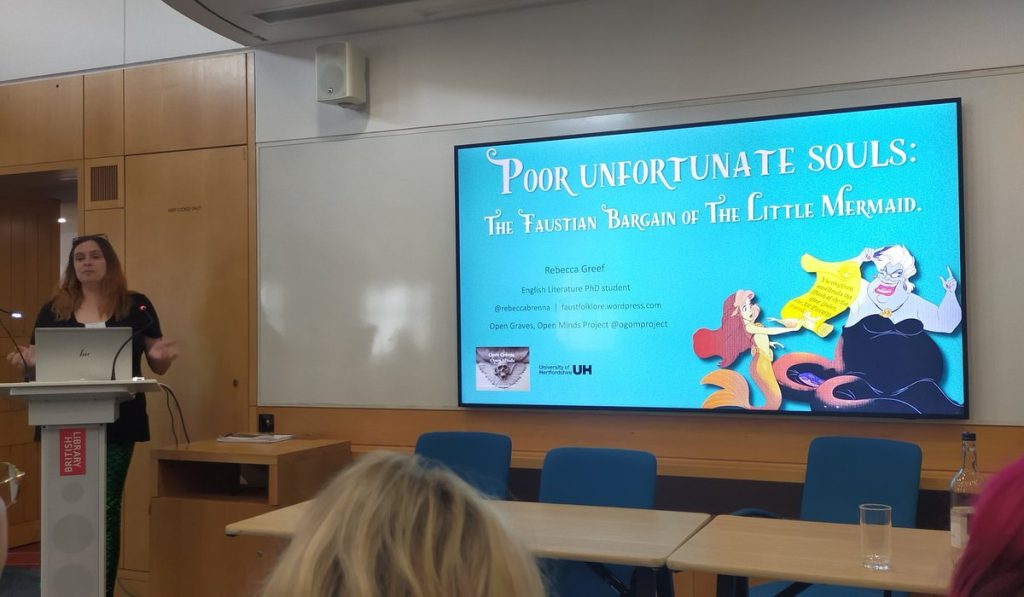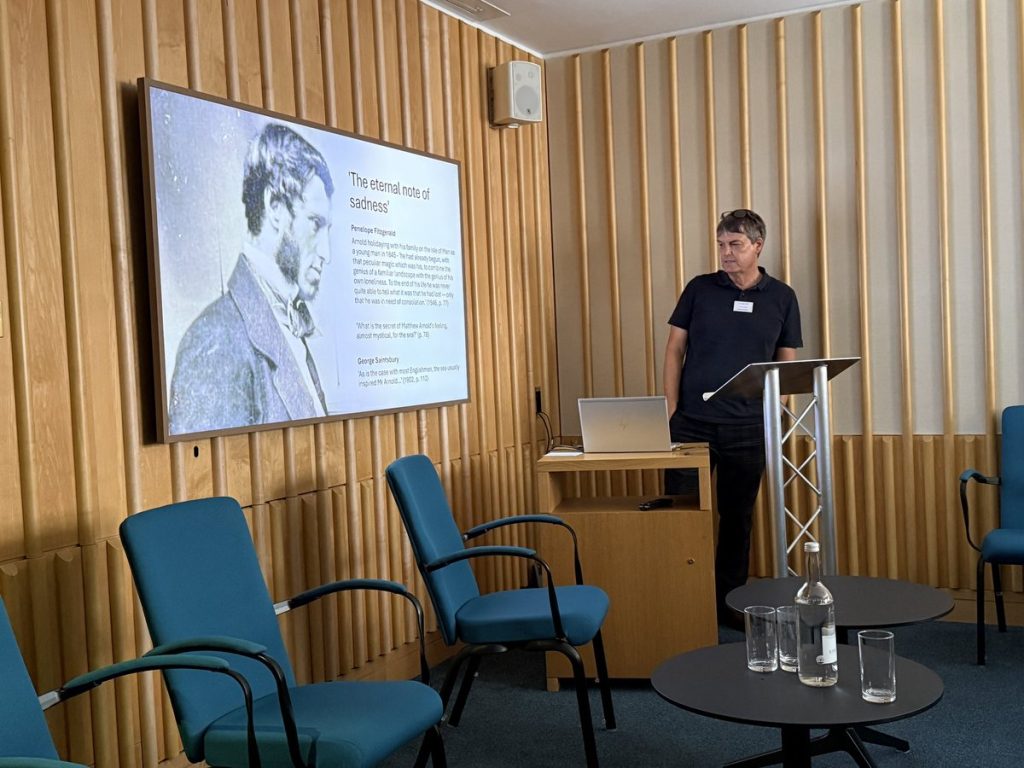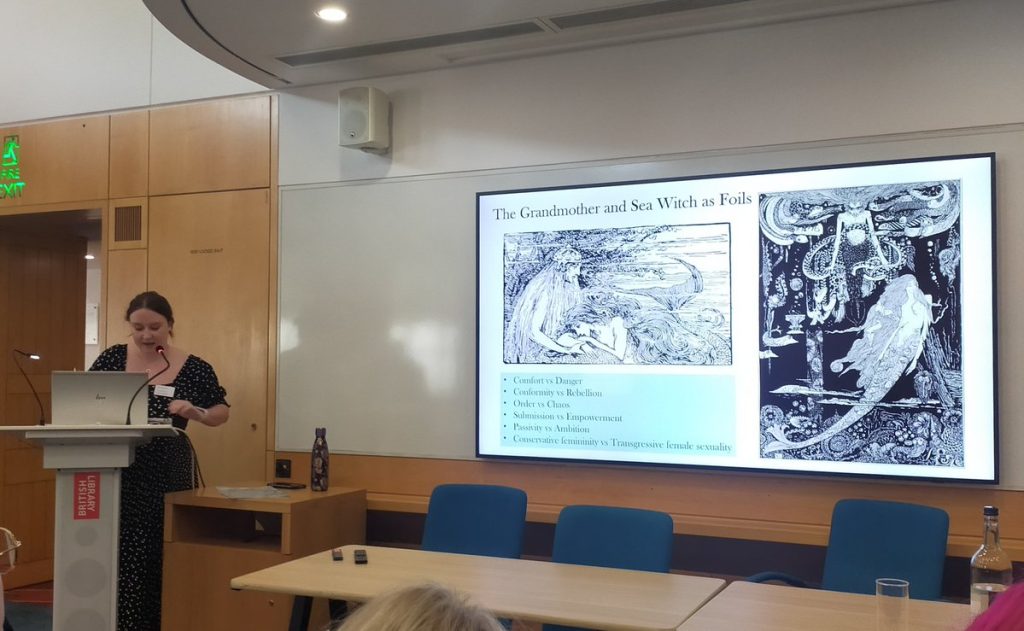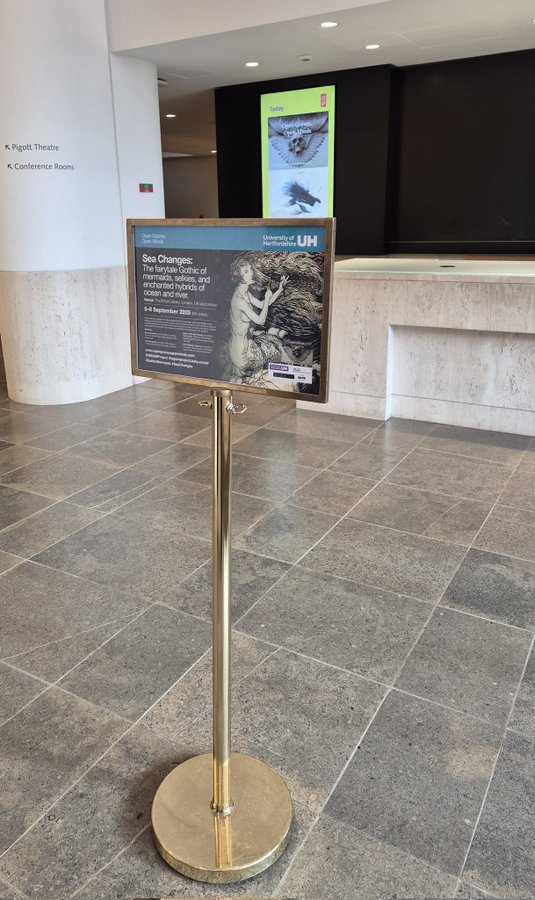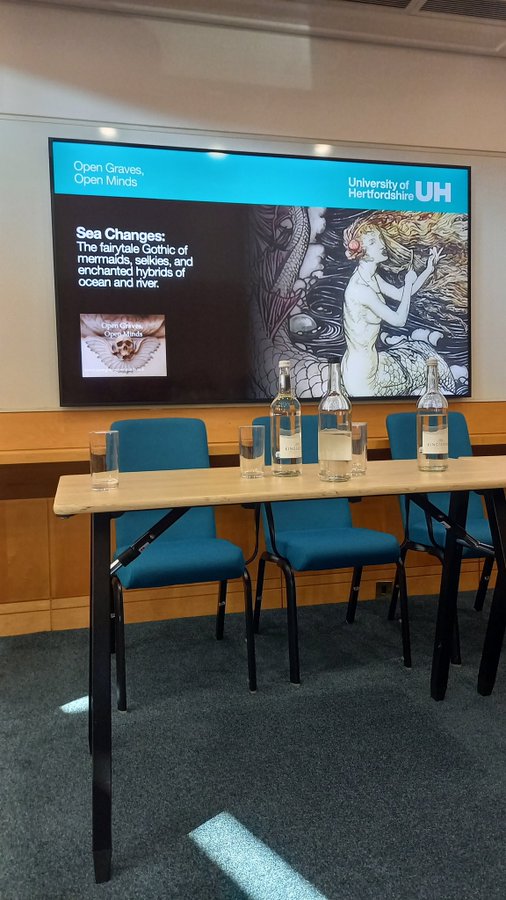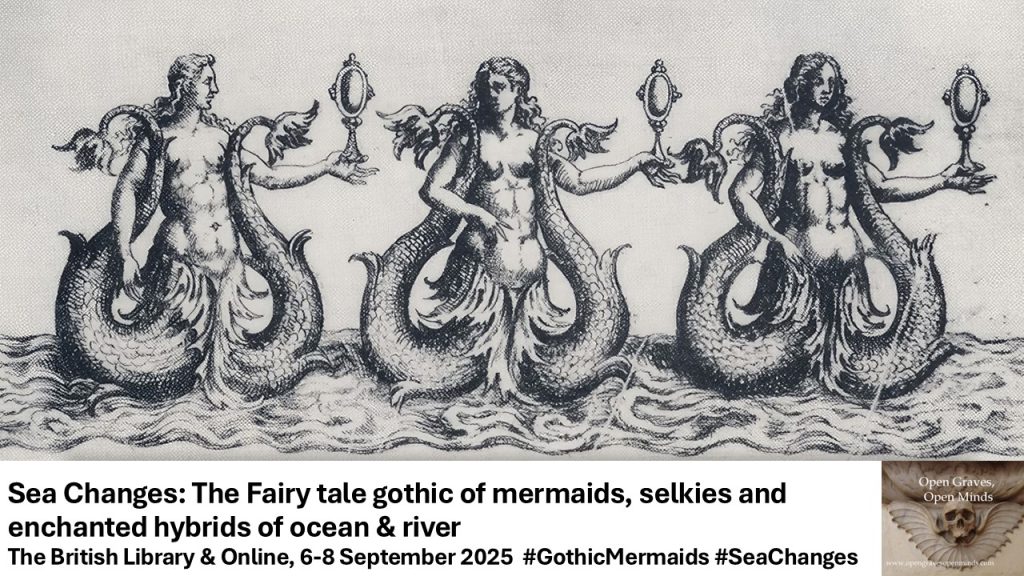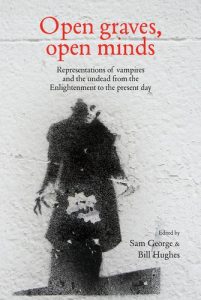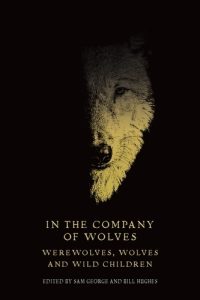Welcome to the Open Graves Open Minds Newsletter for October. We’re delighted to bring you our news and activities for the 2025 spooky season.
We are trying out a new way of publishing the newsletter, directly from the website (other options are simply too expensive for non-profit groups like ourselves); please forgive us if this is not working to your convenience. If you have subscribed via the website or are on our contacts list because of previous involvement, you will receive notifications of blog posts and the Newsletter. If you only want to receive the Newsletter, you can select this option, or you can unsubscribe.
Event: Becoming Wolf: The English Eerie and History of the UK Werewolf
On Saturday, 26 October at 3.00 pm, Sam George, Associate Professor, Co-Convener of the Open Graves, Open Minds project, will be speaking at the Fear in the Fens Film Festival at Alive Corn Exchange, King’s Lynn. Her talk is listed on the festival programme as ‘Becoming Wolf: The English Eerie and History of the UK Werewolf’. There will be a showing of An American Werewolf in London. For tickets, please visit Fear in the Fens.
Event: Vampiric Origins and Gothic Afterlives: John Polidori and St Pancras Old Church
Saturday, 24 January 2026; 2.30–3.30 pm. GMT. Virtual online tour and accompanying talk by Associate Professor Sam George (University of Hertfordshire, Co-Convenor, Open Graves, Open Minds Project).
Sam George delves into the origins of the first vampire tale in English, John Polidori’s The Vampyre (1816) and takes you on a virtual tour of the author’s unsettled resting place in St Pancras Old Church. Attendees will share in the untold story of Polidori’s missing grave and gothic afterlife and hear about OGOM’s exclusive research for the accompanying book: The Legacy of John Polidori: The Romantic Vampire and its Progeny.
Ahead of the in-person tours which Sam will be leading, there will be a chance to join a Virtual Tour of Polidori’s unsettled resting place and an accompanying talk. Booking has opened for this exclusive online event: Tickets £10.00 or £8.00 concessions (student or unwaged) can be purchased via TicketPass.
Sam is also working on her Gothic Tourism: John Polidori and St Pancras Old Church Project, which is supported by an I.A.A. Heritage Award from the University of Hertfordshire.
Publication: Sam George and Bill Hughes, eds., The Legacy of John Polidori: The Romantic Vampire and its Progeny
Related Media: Sam George on BBC Radio 4, In Our Time: Polidori’s ‘The Vampyre’; The Conversation, ‘Vampire’s Rebirth’
Event: Spooky Stories, Being Human Festival
Sunday, 9 November; 14.00 pm. GMT.
Lee House (Sopwell Nunnery), Cottonmill Lane, St Albans
AL1 2BY
OGOM has a long history with the Being Human Festival. We have held events on a number of gothic topics from Redeeming the Wolf, to The Black Vampyre: Gothic Visions of New Worlds and Breaking through to Faery. This year the University of Hertfordshire are a Hub for the festival and OGOM is involved in the Spooky Stories family event in which professional storyteller Olivia Armstrong reimagines tales of fairies, werewolves and the Green Lady of Hertfordshire for a family audience. These original stories have been inspired by the research of academics Dr Sam George, Dr Kaja Franck and Dr Ceri Houlbrook.
Tickets: This event is free, but tickets need to be booked via Being Human Festival: Spooky Stories
Related Media: Sam George, ‘Fairies Weren’t Always Cute’
Publication: Forthcoming co-edited book: Sam George and Bill Hughes, eds., Gothic Encounters with Enchantment and the Fairy Realm in Literature and Culture (MUP 2026).
Other events
We’ve listed some other forthcoming Halloween events on our blog post here: Events & CFPs: Fairytales, folklore, female Gothic, fairies, Dracula, fantasy.
Halloween Publications and Reading
Sam George’s article, ‘The Vampire’s Lost Reflection’ will appear in the October issue of Hellebore magazine. This publication has been described as ‘The most erudite journal on the current scene to deal with Paganism, magic and folklore in the realms of modern history, fiction and popular culture’ (Prof. Ronald Hutton).
In the upcoming ‘Mirror’ issue, Sam suggests how the folklore of reflections, portraits and shadows, influenced two of the greatest Gothic novels of the nineteenth century: Bram Stoker’s Dracula and Oscar Wilde’s The Picture of Dorian Gray.
Orders: Hellebore Magazine, ‘The Mirror’, no. 14 (2025) available to order here: https://helleborezine.com/products/hellebore14
Spooky Reading
Manchester University Press have created a unique page here for the OGOM Series of books. They have also produced a Spooky Seasonal Reading List, featuring Open Graves, Open Minds, Vampires and the Undead from the Enlightenment to the Present Day; In the Company of Wolves: Werewolves, Wolves and Wild Children; and The Legacy of John Polidori: The Romantic Vampire and Its Progeny, and many more. Do have a look and follow @GothicMUP for all their wonderful offers.
Also, this week they are celebrating MUP’s commitment to #OpenAccess publishing! Until the end October, you can enjoy free digital access to the introductions to three OGOM books. Explore the free content here. Learn more about #OA at MUP Open Access.
CFP: Sea Changes – Mermaids and Selkies publications
Following our fabulous conference in September, ‘Sea Changes: The fairytale Gothic of mermaids, selkies, and enchanted hybrids of ocean and river’, we aim to compile another edited collection and a journal special issue on the conference theme. We will be issuing a CFP in the new year.
From the Archive
OGOM continues to build resources on its website and archive talks and events. Recent additions include our mermaid resources, following the Sea Changes conference, and our growing archive of talks. We are building a collection of bibliographies, timelines and other resources on fairies, vampires, werewolves, and other themes from OGOM’s research. This is for scholars and researchers at all levels, and we will be continually updating it; explore the options here (we are very open to suggestions and comments!).
For Halloween, you might like to browse our YouTube channel, including
Sam George, ‘The Haunted Landscape: Old Stinker, the Hull Werewolf’ (at Conway Hall);
Sam George, ‘Bram Stoker’s Vampire’ (Dracula Lunchtime Bites);
Bill Hughes, ‘Vampires, werewolves, and Jane Austen’ (Interview with Brian from Toothpickings on vampires and werewolves, the folklore of these creatures and its transmutation into literature).
In Other News
Our most recent international conference, ‘Sea Changes: The fairytale Gothic of mermaids, selkies, and enchanted hybrids of ocean and river’, held on line and at The British Library on 6–8 September, was a huge success. OGOM would like to thank all the delegates and speakers for their wonderful contributions, Daisy and Ivan for hosting the online day and all the OGOM PhD students who were on the organising committee (Rebecca, Jane, Harley and Shabnam).
If you missed this fabulous event you can browse the Sea Changes Booklet and our Scenes from Sea Changes page for all the photos and comments. The online sessions were recorded and are now available to those who booked for this event (we may consider making them freely available at a later date)..
Finally, OGOM would like to give a spooky Halloween welcome to our three new PhD students: Alex Hughes, who is studying fairies in the Celtic tradition; Silas Watson, who is studying Victorian revenants; and Colin Setford, who will be beginning a project on Varney the Vampire. We bid you welcome! And congratulations to Shabnam Ahsan who has submitted her thesis ‘Strange Creatures: National Identity and Representation of the Other in British Fairy-tale Collections, 1878–Present’. Sam is Shabnam’s primary supervisor; her research has been supported by OGOM. She received a bursary from the English Department at the University of Hertfordshire. We will add our new recruits to the OGOM people section of our website soon. You can read about the current research students here.
Have a fabulous Halloween and thank you for your supporting us.
Follow us
Do please look out for news items on our blog and follow us on social media for news and updates; we are very active on X/Twitter as @OGOMProject and @DrSamGeorge1 and we have a Facebook group, Open Graves, Open Minds Project.
We are also have accounts on Threads and Instagram as @ogom.project, and BlueSky as @ogomproject.bsky.social.


